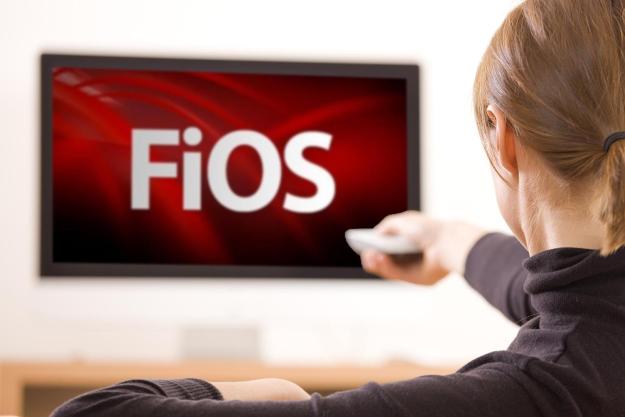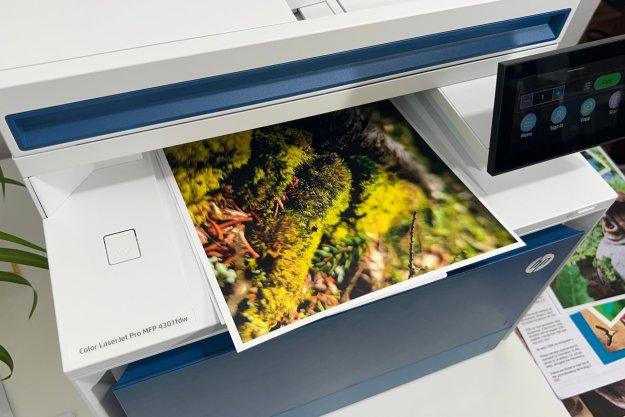
The latest buzz in the social media, music streaming, and developer circles is no doubt the recently-launched (but still in semi-private beta) Turntable.fm. In the most basic terms, it’s something like a social and interactive Pandora radio. The Internet application streams music in a large number of different ‘rooms’ where users function as DJs. The interface incorporates everything from cutesy avatars and a voting system, to a chatroom box and integrated social media sharing. In comparison to streaming services like Pandora and Slacker, where most users simply pick a station and then listen to songs in the background, Turntable.fm is extremely interactive. Almost every tech startup has its own “room” on Turntable and the “Coding Soundtrack” room consistently has close to 200 people. We even got word that Mark Zuckerberg was in the room at some point this week. Clearly this thing’s got buzz, but does it have staying power? The basic premise had us very intrigued, to say the least, so we took a hands-on look at the service to get a better idea if Turntable.fm will just be an interesting fad, or if it’s really got traction.
How it works
The interface has cutesy graphics and each room features a row of five turntables (usually occupied by DJs) and space for a large crowd of listeners. Users have Wii-like avatars that can be changed or upgraded when the user reaches a certain number of DJ points, and each user can search for songs to add to their DJ queue from the large, but not comprehensive, MediaNet library. If a song can’t be found on Turntable.fm already, users can upload MP3s to add to their personal queue. The songs play in a round-robin style, with one pick from each DJ occupying a turntable before moving on to the next. When a song plays, users can vote on the song by clicking “lame” or “awesome” on the rating gauge. If enough users deem a song “lame,” Turntable.fm will skip to the next DJ’s song, and, even better, when users rate a song as “awesome,” their little avatars bob their heads along to the music. Users gain DJ points by playing songs that listeners in the room deem “awesome.” A righthand sidebar holds your song list as well as a box for chatting with others in the room, which tends to be full of critical, but good-humored, comments about each song. Users can create public or private rooms, and the list of rooms ranges from groups of coworkers to specifically-themed rooms like “Indie Chill Acoustic” or “Bollywood.” Right now Turntable is still in semi-private beta, but you should be able to get in if someone sends you a room link or if you have a Facebook friend who is already a user.
The Good
The intense blend of music streaming with social and interactive elements is a goldmine for music addicts. Users get a sense of control and responsibility when they are on the DJ stand, which translates to users who are involved in the process and stick around for more than a few minutes. In fact, we’d say that Turntable.fm rates pretty high on the addictive scale. Because DJs don’t automatically rotate, once you land yourself on the DJ stand in a room, you tend to want to hold down that spot and play songs that the other folks in the room will like. That element combined with the point system (which doesn’t do much other than get you a crazy gorilla avatar) can make Turntable somewhat competitive. At the most basic level, though, Turntable is about sharing music with others and being able to confer and chat about it at the same time. Compared to Internet radio providers, Turntable allows users to constantly be exposed to new and different musical tastes. This means it may not be ideal for the casual listener, but is exciting for those who are always on the hunt for their next favorite artist. Turntable also makes it easy to share which room you are DJing in on Twitter and Facebook, meaning you can pull in friends from social media to join in on the fun.
The Bad
The first and foremost problem: this thing is buggy as all get out. During the time that we’ve played around on Turntable, we’ve seen almost every possible problem occur. Songs can be slow to load, sometimes songs go quiet for 10 seconds, occasionally the whole room goes dead, and the search function periodically goes out or is extremely slow. These bugs can make the site frustrating to use at time, but that’s why it’s still in beta. There is currently a feedback button, so hopefully these bugs will be fixed in the near future. Some users might be turned off by the amateur-looking interface and silly graphics, but we find them kind of charming considering the “DJ room” premise. The MediaNet music library offers most relatively popular songs that users will want to play, but licensing deals with record labels would be a huge plus. It’s still uncertain how Turntable will turn this fun and intriguing application into a money-maker, but we suppose that’s their problem.
Fad or game-changer?
With all the hype surrounding Turntable.fm, it’s natural to wonder whether the buzz is warranted or not. Some of these hyped-over startups last (Twitter) and some fade out quickly (Color). Based on the hype, our personal experience, and the fact that we’ve been addicted since our first DJ-stint, we’re going to say that this thing is going to stick around, but it might need changes (other than bug fixes) and will probably only spread like wildfire in a smaller niche market. The polarizing feature of Turntable.fm will be the level of interactivity. For music lovers, the interactive nature and addictive quality will be welcomed and cherished as a way to make music social and interact with other music lovers. For casual music listeners who want to pick an Internet radio station, sit back, and relax, Turntable’s interactivity will seem like a whole lot of unnecessary work. Because the music industry is stuck on old-school rules and regulations, legal troubles could come into play, but there are enough small limitations in the service (for instance, you can’t listen to songs in a room by yourself) that the company should be mostly safe. In the meantime, Turntable needs to focus on eliminating bugs before it opens the service to the public. It’s got enough word of mouth to gain some traction in the next few months, but only if Turntable can provide an enjoyable experience that will keep users hooked for more than a week.


